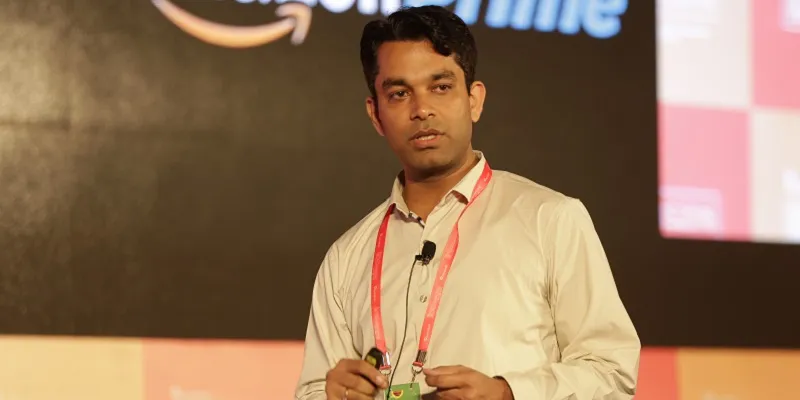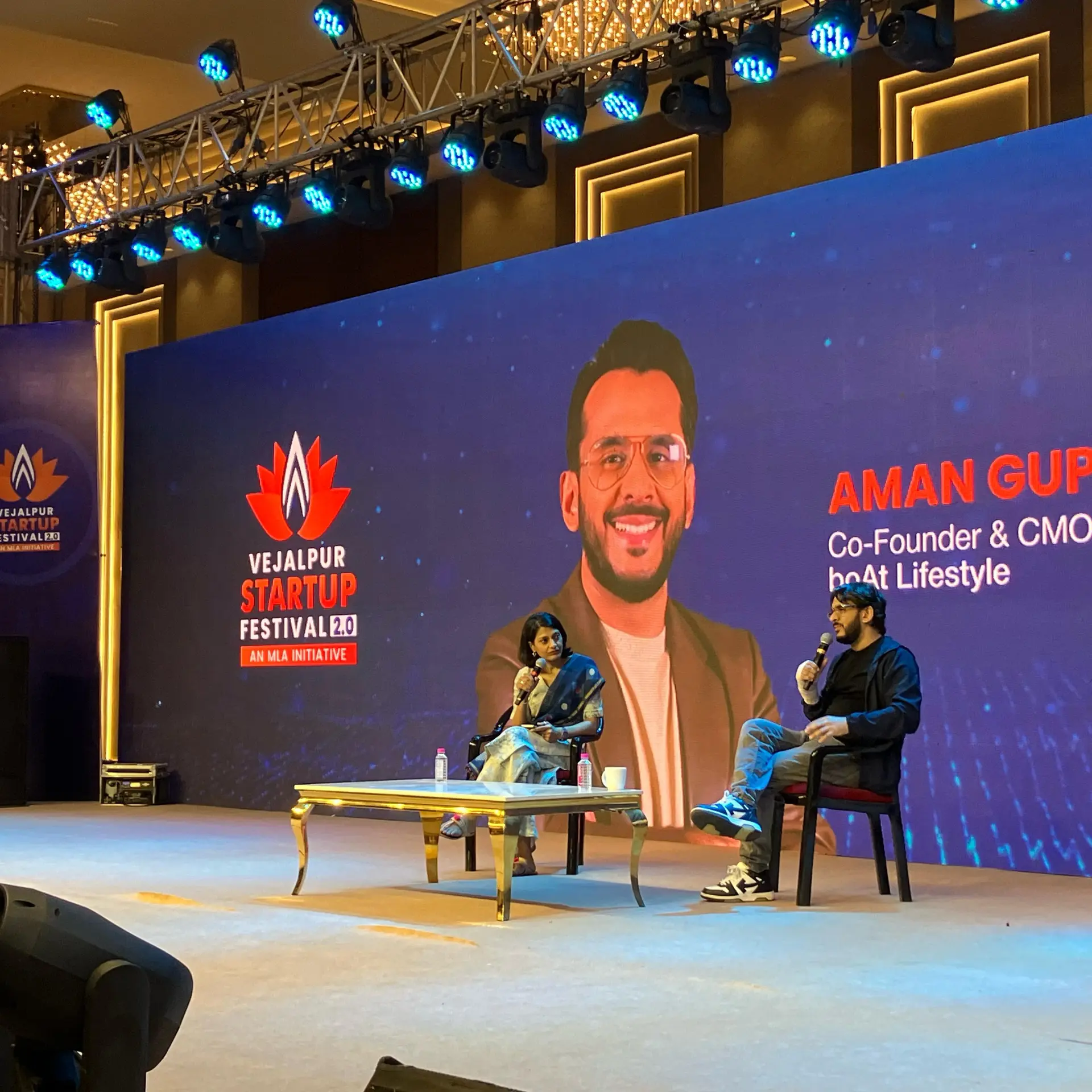How big companies can innovate and create lean models, the Amazon Way
"We live in a world of complete digital revolution. Everything is connected and digitised. If we move from the old world of less experimentation and higher collateral damage to a phase of lean innovation, you realise it is evolved over the years," says Gaurav Arora, Head of Startup Ecosystem, APAC, Amazon Internet Services.
There are instances of how lean innovations have given industry giants a run for their money, with several examples to be seen in the realms of automobile manufacturing, hospitality and retail. The focus here is to reduce customer uncertainty and focus on delight and happiness. "Think of the use of tokens to reduce queues in a bank, it reduces clutter and customer uncertainty," adds Gaurav.

The idea is to think big, start small and stay honest. Many think that small organisations have the agility to work on innovative models, and that it is more difficult for larger organisations. But it is important to retain your startup mindset as you scale the business. Explaining how this works at Amazon, Gaurav says:
There are a lot of business segments at Amazon that are experimented with every time. Not all of them work, but it takes one successful experiment like Amazon Web Services (AWS) to get that working.
The maths of innovation
Innovation, Gaurav says, is a function of organisation into architecture raised to the power of mechanisms and culture. In terms of the organisation, the first thing you need to think of is how to divide the workforce into single threaded teams, which are cross functional and capable of delivering end-to-end solutions
Gaurav explains that the notion here is simple- if you are working late at night and someone orders in pizza, and if that isn't enough for your team, then your team is too big. An oversized team results in you getting bogged down in details, at which point you need to break down your teams.
When you go to the Amazon website, more than 250 services are at play at the backend. And each of these services are managed by our teams, who are operating together in parallel. All of them are focused on customer services and their core metric and performance. This helps Amazon be more agile.
The cultural mechanisms
However, what is more important is the cultural mechanism. It is what defines the process and workings of an organisation. "One of Peter Thiel's biggest pieces of advice is - Don't mess up the culture." In Amazon, there are several leadership principles, and that is what makes it unique. These aren't the aspirational leadership principles; it, in fact, is what drives the behaviour of the team in every situation they work in.
"Always start from the customer and then move to the artworks. The mission of Amazon is to create the most customer-centric company. And in that, every single action matters. So this means, it just isn't working along what is your job but across different things."
Gaurav adds that when they have to come up with any new product idea, the first thing done is to come up with a mock press release to understand the customer perspective. This includes mock customer quotes, which are shared with the internal stakeholders. If nobody asks questions, then it means the team needs to look back strongly at every single line of code.
But if there are strong questions, we understand that the people are interested. It is then that the team takes it to the next level by building detailed FAQs, where all aspects of the customer are important. The project is then broken into several levels and each of the teams works on it and builds an end-to-end solution.
You need to think of everything - processes, people, culture and mechanisms - that aids and builds innovation.
A big shoutout to all our sponsors - Zendesk, Axis Bank, Sequoia Capital India Advisors , Digital Ocean, Microsoft, AWS, Akamai, Target, Verisign, Kerala Startup Mission, Brand Launch Centre, Tork and Blink.







